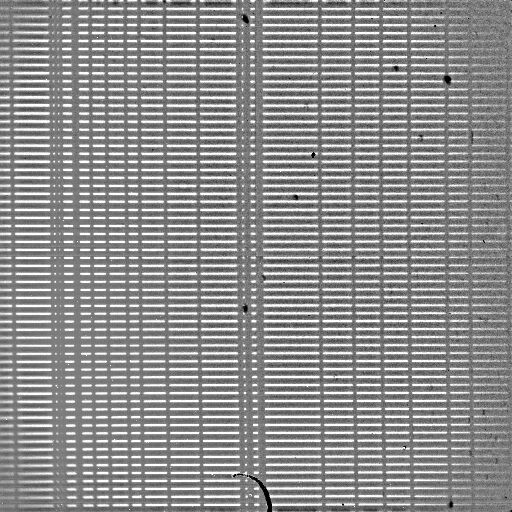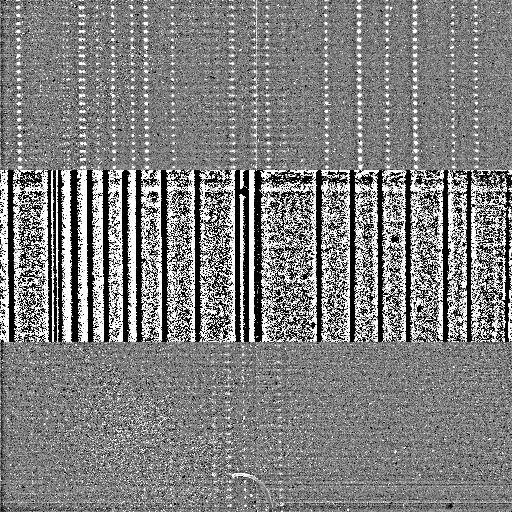

A simulation of CIRPASS's 500 element Integral Field Unit being used to study an HDF galaxy merger. The spectral resolution is 6-20 times better than COHSI and will facilitate internal dynamical studies.The example shown here is CFRS 14.1129 in HST F814W. At z=0.831 H-alpha is at 1.202 microns. In this example the fore-optics are arranged to give 0.25 arcsec across each lenslet.
We have recently obtained funds to transform COHSI in to a new spectrograph called CIRPASS and make it available to the GEMINI community on GEMINI-N from mid-2000. To be ready in just over one year from now will require a big effort from our group here at the IoA but we believe it is possible because a large fraction of the system already exists.
CIRPASS will be operated by the IoA for the benefit of observers throughout the Gemini community who will obtain telescope time in the same way as they would for a Gemini Facility Instrument. For every 4 nights allocated the UK community will get an extra reward night.
The main features of the CIRPASS spectrograph are:
· 20482 HgCdTe HAWAII-2 array from Rockwell (a 1024 array will be used if the 2048 array is delayed)
CURRENT STATUS OF PROJECT
We are currently testing a prototype version of CIRPASS on our local 0.4m telescope. This prototype has a warm camera, a 1024 array and blocking filters borrowed from CIRSI.

The data format with the COHSI/CIRPASS prototype. The 63 horizontal white stripes are fibre spectra obtained using a continuum source. Note the uniformity of the IFU. The vertical stripes are due to the blocking lines on the mask.

A mosaic of 3 exposures using the COHSI/CIRPASS prototype.The top third shows the spectra of the Mauna Kea night sky with the grating offset so that the OH lines are not blocked at the mask.The middle third shows the mask illuminated directly (not through the fibres). The AR coated mask features are clearly seen.The bottom third shows the suppressed night sky. Some weak oxygen lines which have no mask features can still be seen.
URL http://www.ast.cam.ac.uk/~optics/cirpass/cirpass.htm - Revised: 10 May 99 We are part of the Institute of Astronomy , which is part of the University of fCambridge